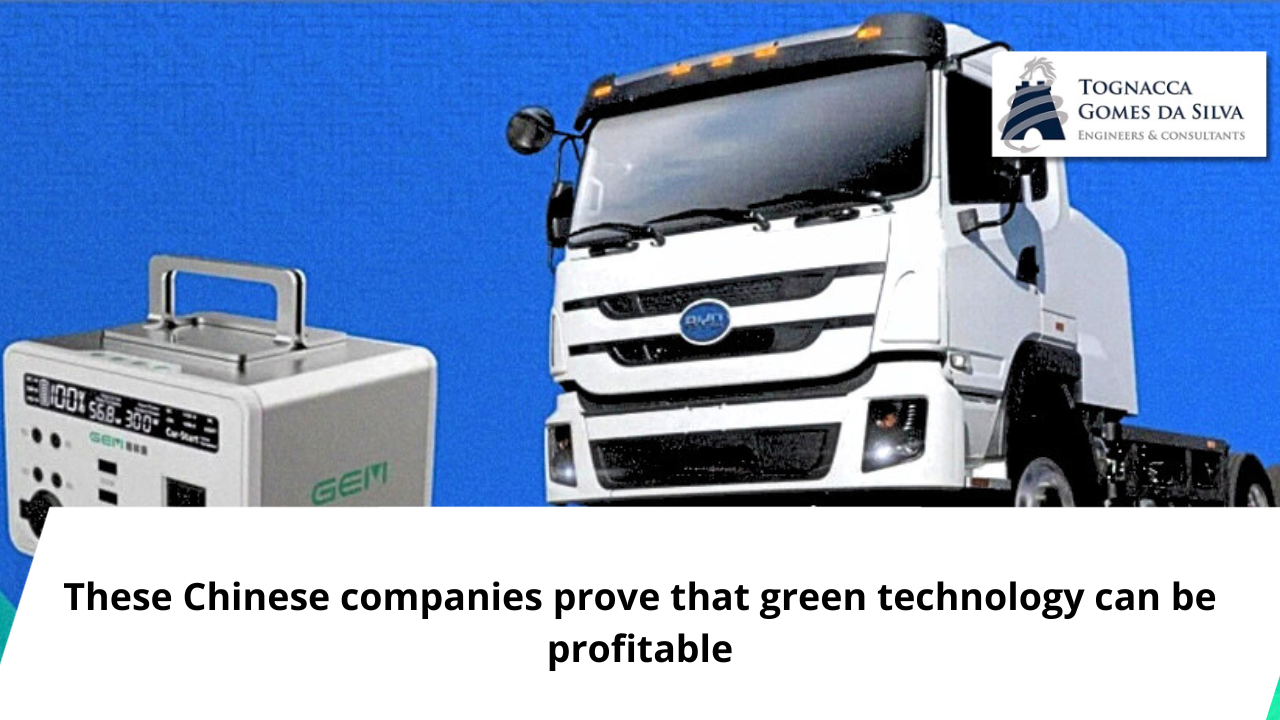Experiencing the epic rains that flooded New York City more than a month ago was a reminder of the urgency with which we need to address the climate crisis.
Fortunately, this was the focus of our ClimateTech summit in October, when my colleagues invited academics, entrepreneurs, policymakers, and investors to the MIT campus to discuss the technologies that will be vital in combating climate change.
Among them are two Chinese companies that you should know about. One is BYD, the world’s largest electric vehicle manufacturer, which has just produced its 500 millionth electric vehicle. The other is GEM, which stands for Green Eco-Manufacture; it makes the battery supply chain more environmentally friendly by recycling the minerals contained in them.
For the list, I delved deeper into these two companies — their histories, key products and technological advantages, as well as the potential challenges they face.
🚗 BYD
What does she do: BYD’s signature battery product — the Blade Battery — is cheaper, safer and more durable than its competitors. It’s so good that it powers both the automaker’s own electric vehicles and Tesla’s. The company also stands out for handling or manufacturing almost everything in the electric vehicle supply chain, from raw minerals to car chips. Its technological and manufacturing advantages make it one of the most competitive suppliers of reliable and, importantly, affordable electric vehicles.
Because it’s important: The world needs many different types of electrified transportation to replace the demand for fossil fuels, and BYD is making cars, buses and even trains. The variety and affordability of its products make the transition to clean energy more viable in many regions of the world.
♻️ GEM
What does she do:
Every day, tons of electronics and batteries are thrown away in China. GEM collects them and turns them into new products or extracts the essential minerals to use again. A large part of its business in recent years has been recycling thousands of tonnes of electric vehicle batteries, which are either reused in less demanding scenarios such as energy storage, or crushed into mineral powders that can be turned into new batteries.
Why is it important: Electric vehicles may be great for the climate, but their manufacturing process isn’t always. In particular, the process of mining battery materials is often dangerous for both the environment and the workforce. As a result, efficient battery recycling will be vital to making the sector more climate-friendly.
As my colleague James Temple, our senior energy editor, wrote in the introductory essay, our list offers a rare optimistic perspective on the future. It’s easy to feel like humanity is doomed when talking about climate change, because it seems like politics and inertia are getting in the way of solving the problem. But it’s still important to talk about what solutions could look like.
BYD and GEM in particular offer a vision of a future where climate solutions are also profitable. BYD made $2.4 billion in profits last year, while GEM — which admittedly operates on a different scale — made $167 million in 2022, a jump of more than 60% from the previous year.
This may serve as inspiration for participants outside of China. If the Chinese electric vehicle market has proven that ordinary consumers can be genuinely interested in choosing electric cars over gasoline-powered cars, entrepreneurs and governments around the world know they can also create their own “BYD” or “GEM ”. And this could attract more talent and investment into climate technologies.
( source: MIT Technology Review )



